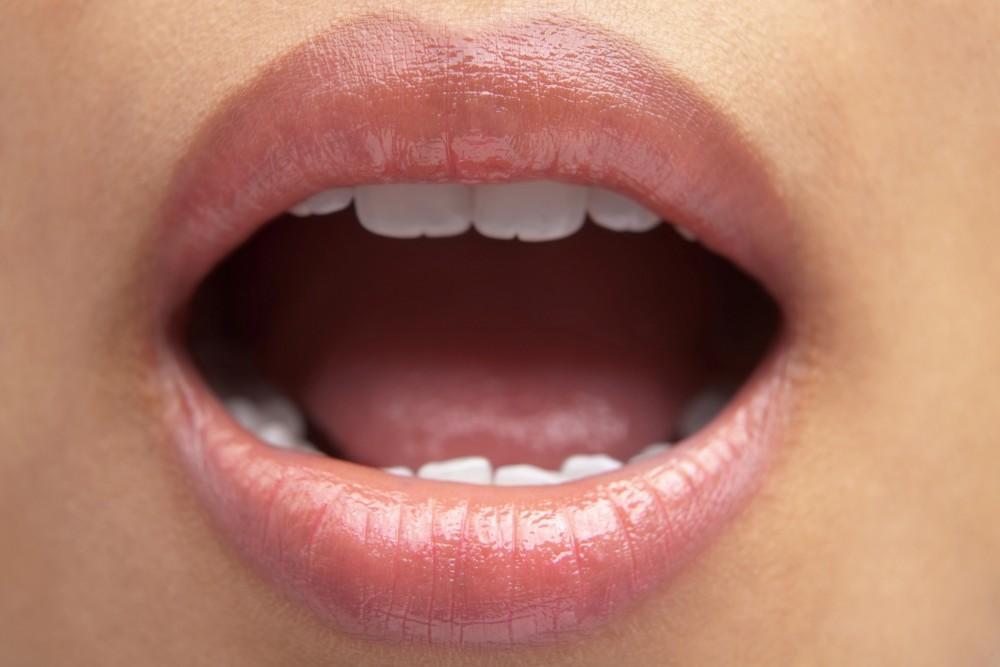
The Best Ways to Deal with Dental Bridge Problems

If you have a dental bridge, it is essential to know how to deal with common problems to ensure the longevity of your dental health. This article will explore some of the most common dental bridge issues our patients have, as well as teach you how to address them to maintain your smile.
What is a Dental Bridge?
A dental bridge is a device that has two outer crowns which fit over existing teeth, with one or more false teeth between them to "bridge the gap” left by a lost tooth. Bridges are an affordable and effective option to replace missing teeth. They are custom created to fit your mouth. However, because your teeth can change over time or because it is possible for your bridge to become damaged, problems can occur with your bridge over time.
Common Dental Bridge Problems and Their Solutions
You will notice most dental bridge problems because of the fit and feel of your bridge. The most common issues include a loose bridge, a broken bridge, or discomfort in the area of your bridge.
How to Fix a Loose Dental Bridge
One of the most common dental bridge problems is a loose bridge. A loose dental bridge can be uncomfortable, and it may even cause damage to the surrounding teeth or gums. Some of the reasons why your dental bridge may become loose include natural wear and tear over time, poor dental hygiene, tooth decay, or trauma or injury to the mouth.
If you have a loose dental bridge, it will be important to see your dentist as soon as possible. Your dentist will examine the bridge and determine the best course of action to take in your case. In some situations, your dentist may recommend a replacement or repair of the bridge. In other cases, they may adjust the bridge to ensure a proper fit.
What to Do If Your Dental Bridge Breaks
A broken dental bridge can be caused by several factors, including accidents, biting down too hard, or wear and tear over time. If your dental bridge breaks, it's essential to act quickly to avoid further damage or infection.
The first thing you should do is call your dentist and explain what has happened. Your dentist will advise you on the best course of action, which may include fixing the bridge or replacing it entirely. In the meantime, it's important to avoid chewing on the side of your mouth with the broken bridge and to keep the area clean.
Tips to Relieve Discomfort with Dental Bridges
Discomfort with your dental bridge can range from mild to severe, and it can be caused by a variety of factors, including gum irritation, misaligned bite, poorly fitting bridge, or tooth decay.
To relieve discomfort, try the following tips:
- Rinse your mouth with warm salt water
- Take over-the-counter pain relievers
- Use dental wax to cushion the bridge
- Avoid hard or chewy foods
If your discomfort persists, contact your dentist to schedule an appointment. They may be able to adjust the bridge or recommend other solutions to alleviate your discomfort.
The Importance of Dental Hygiene with Bridges
Maintaining good oral hygiene is crucial to the health and longevity of your dental bridge. Poor dental hygiene can result in gum disease, which can cause the bridge to loosen or even fall out.
The following tips can help keep your bridge in top condition:
- Brush twice a day
- Choose a fluoride toothpaste
- Floss daily
- Avoid chewing hard objects, like ice or pens
- Schedule regular dental checkups and cleanings
By following good oral hygiene practices and taking care of your bridge, you can keep your smile healthy and beautiful for years to come. If you are having trouble with your dental bridge, contact our office right away.
You Might Also Enjoy...


Is Mouth Breathing Bad?

Can Improving Your Smile Boost Your Career?

The Do's and Don'ts of Tooth Extraction

The Oral Health – Mental Health Connection


